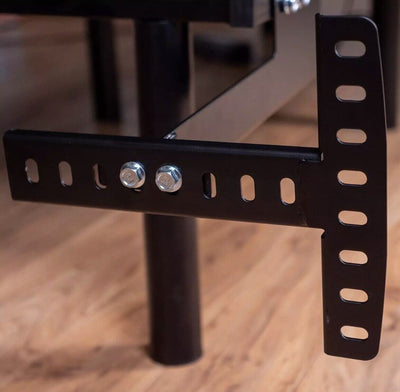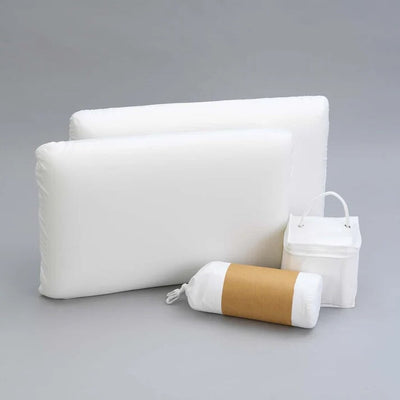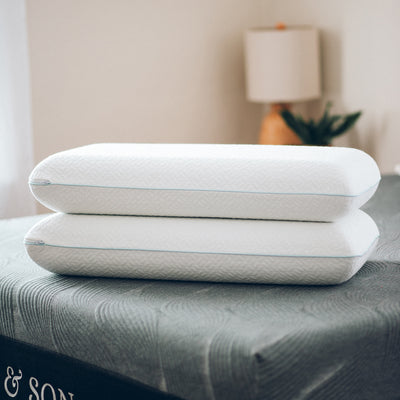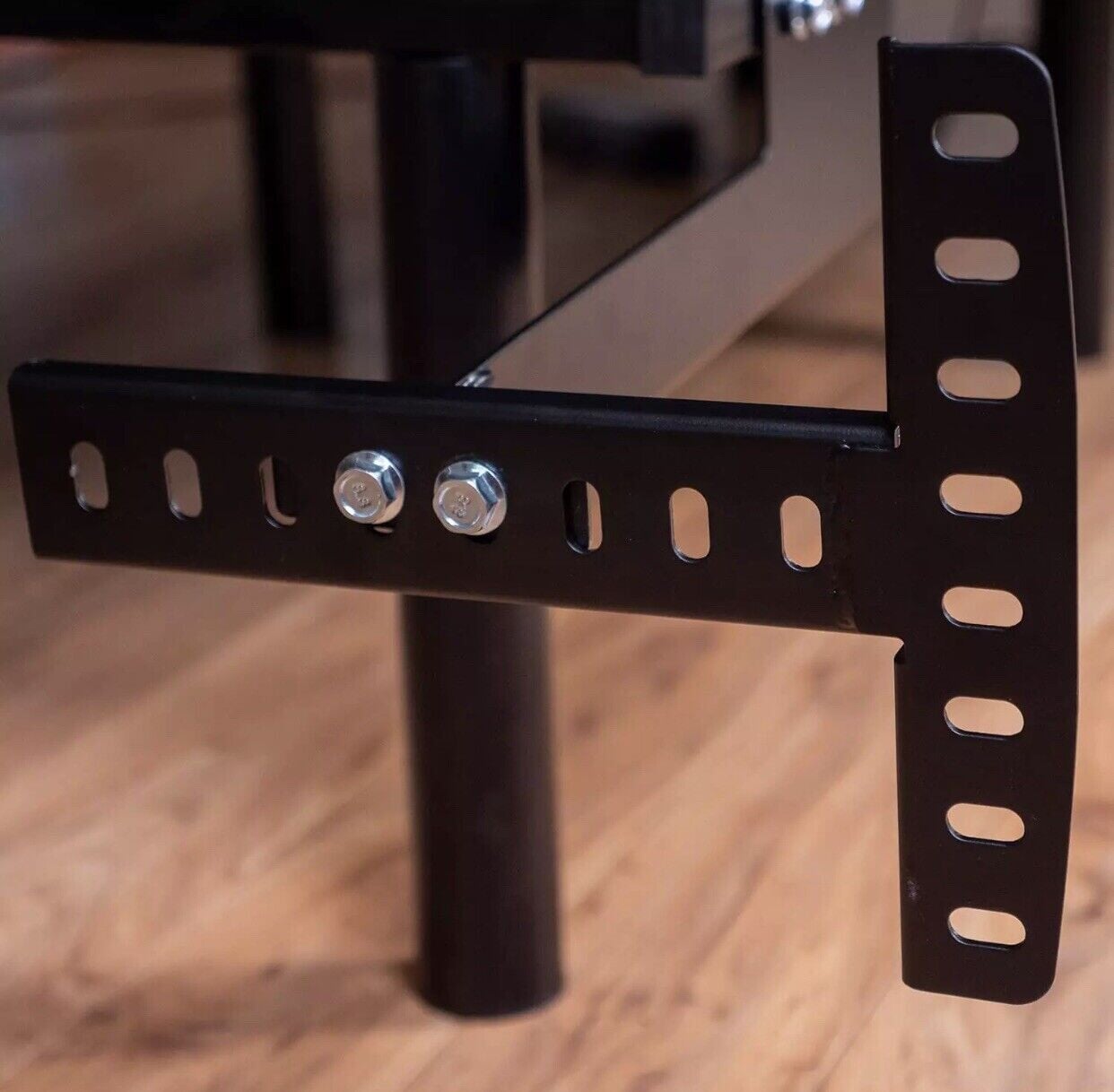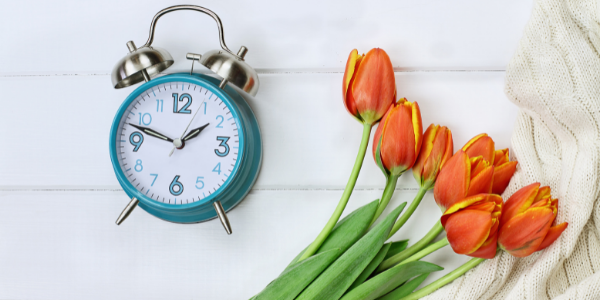
To put it plain and simple, the start of daylight-saving time is a big drag. We trudge through the following days tired, grouchy, and confused when the sun doesn’t show up until 9 am. Daylight saving brings its challenges, but we also know this means summer is right around the corner and we will enjoy nice, long days outside!
The good news is that daylight saving time is at a predetermined time each year. This gives us time to prepare for the transition instead of being blindsided. It can be tough that Monday morning following the time change, so we compiled some tips to help make adjusting a little easier.
- Start preparing a few days early. Try going to bed 15 to 30 minutes earlier a few days before the time switch. This will help your bod adjust more easily by "making up" for that lost hour.
- Make sure you get a good night’s sleep before the big day. Evaluate your current sleep quality and the motions you go through before bed. Make the changes you need to better your sleep routine before it’s too late, so you won't be dragging behind come Monday morning.
- Move your clocks ahead before bed. Luckily for us, modern technology like cell phones and laptops automatically springs forward for us. But any kitchen appliances, car clocks, or analog clocks typically still need to be manually adjusted.
- Spend time outside. Light is how our body determines when it is bedtime for us because it affects our circadian rhythm. To help decrease sleep disruptions after the switch, spend a little extra time outside in the morning so you can get acclimated to the new time.
Do you have any other tips? What do you think of daylight-saving time versus standard time? Leave a comment for us below!
 |
Caitlin is our in-house Digital Marketing Specialist. In the office, she handles all the sleep news and sleep-related content. While at home, she likes to unplug a bit. As a local to Florida, her favorite activities include anything water-related, jet skis, free diving, and beach days galore! |
















